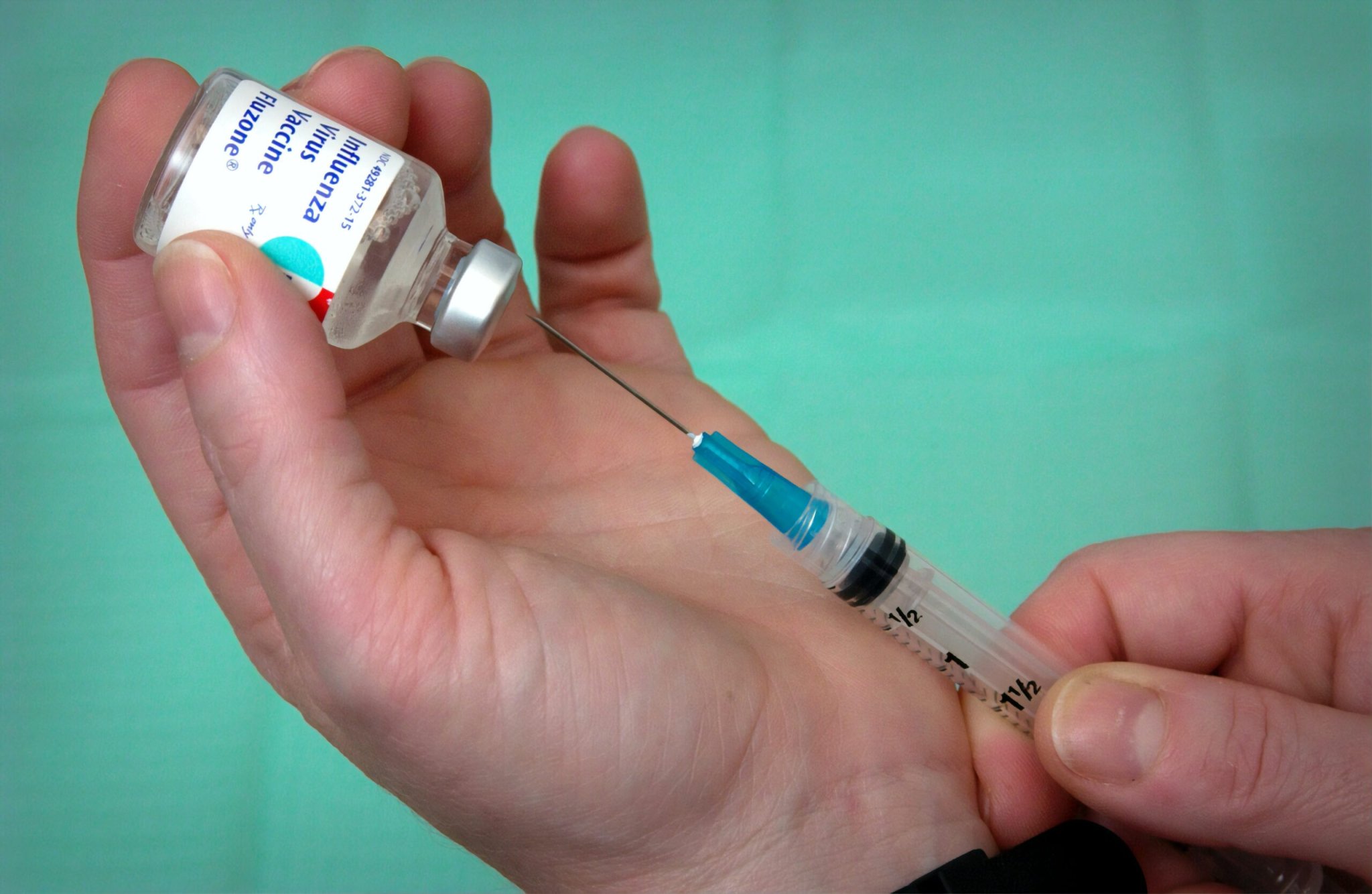

This year’s public health headlines have mostly focused on COVID-19, and for good reason. Despite the pandemic’s impact on all of us, sick and healthy, we’ve actually seen a record-breaking low amount of another icky, highly-contagious respiratory virus—the flu. Just to put it in perspective, from late September to late December in 2019, we faced over 65,000 cases of the flu. In that same chunk of time in 2020, only a smidge over 1,000 cases were reported.
How does a country and world ravaged by such a terrible pandemic get off so easy for a virus that plagues us every year without fail? There’s a few possibilities to consider. First, flu shots are up this season, by a lot. In 2020, 188 million doses of the flu vaccine have been distributed as of mid-December, nearly 20 million doses higher than winter 2019.
In addition to vaccination, the precautions the country is taking as a whole to prevent the spread of COVID-19, such as staying home, wearing masks, frequent hand washing, and limiting social contact, are also helping us to not catch and spread the flu says Elizabeth Lee, an epidemiologist specializing in infectious diseases at the Johns Hopkins’ Bloomberg School of Public Health. Normally in the fall and winter, we start heading back to school and shifting our social activities indoors, but not this year.
“Since that isn’t happening, there’s definitely a trickle-down effect to other respiratory viruses circulating at this time,” Lee says. Following hygiene rules and not breathing on each other is a surefire way to avoid catching contagious respiratory diseases, no matter if it’s a common cold or a new strain of COVID-19.
But, there’s also a less well-understood reason that when COVID-19 cases ramp up, it seems like flu cases slow down. According to Lee, there are some studies out there that show how some viruses, like the respiratory syncytial virus (RSV) and the flu, interact with each other. If a flux of people get infected by one disease, it is possible that the immune response can block out the impact of another, preventing another infection from taking hold. This is why some diseases seem to ‘trade-off’ in the community, with one peaking while the other plummets, says Lee.
This concept is still in the midst of being better understood and studied, and since it has only been about a year since COVID-19 reared its ugly head, there’s still tons of research to be done. But there is certainly a chance that getting sick with one could deter you from getting sick with both at the same time.
Just like everything else in public health, these flu results are still in progress and of course, could change. We’re still in the chilliest bit of winter in the Northern Hemisphere, and with vaccines for COVID-19 on the horizon, behavioral change could also be looming.
What we are seeing right now is in line with what the Southern Hemisphere saw during their flu season over the summer. But what our flu season could look like for the rest of this season, or even next year, could be shifted around or delayed thanks to all of COVID-19′s impacts, Lee says. We will just have to wait and watch as the world tries to get back to some sense of normalcy to see what our once-ordinary diseases look like in a post-COVID world.
